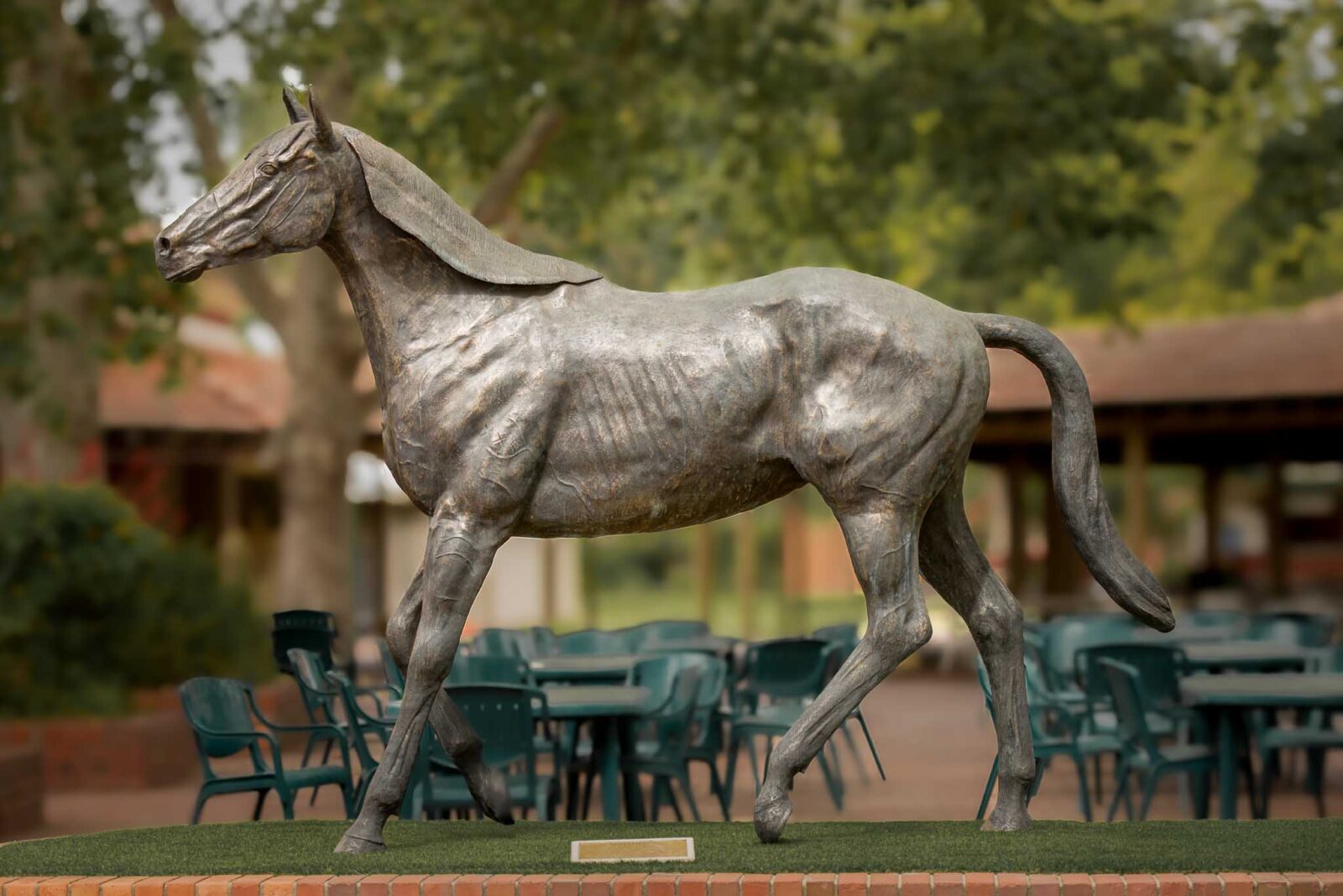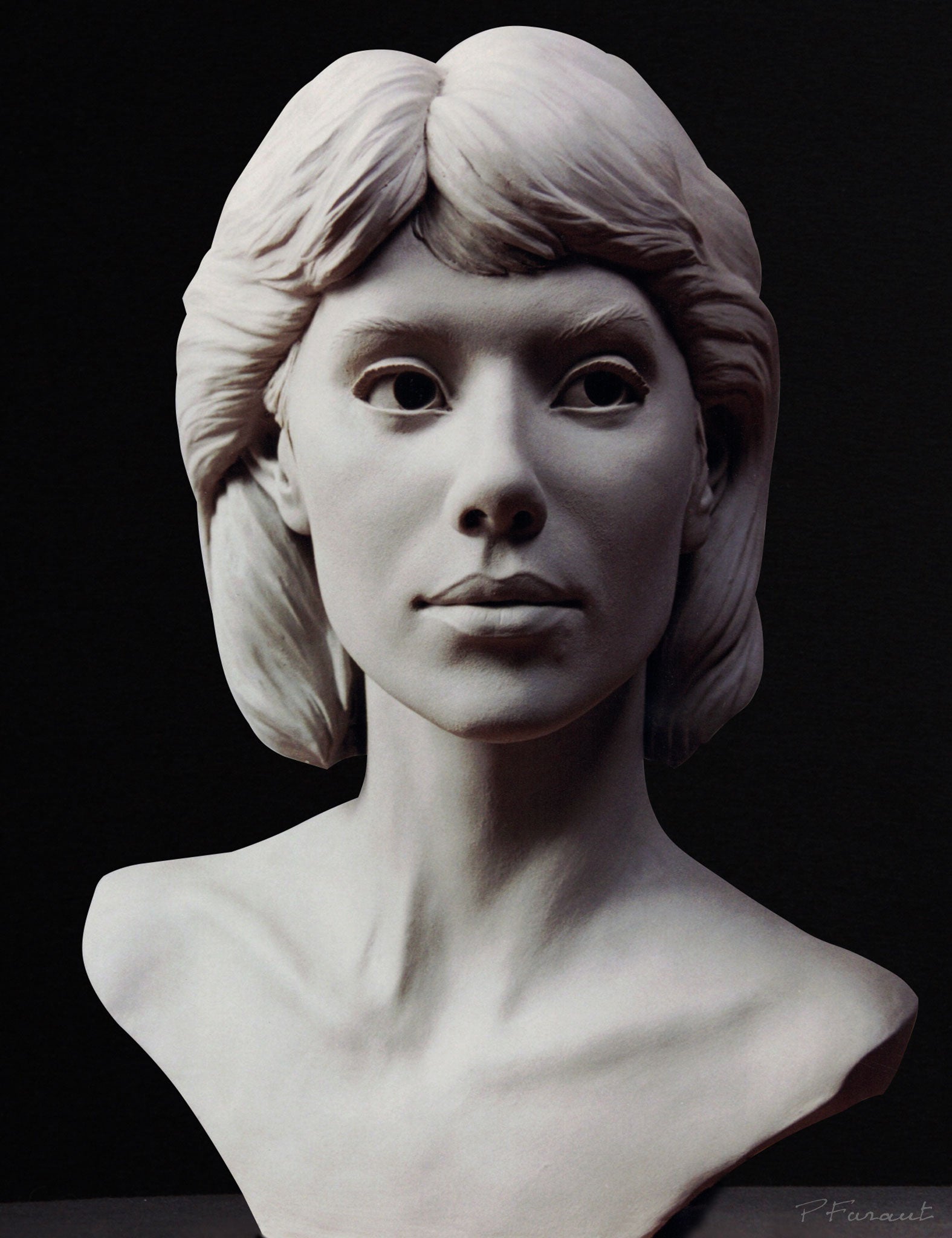In the Spirit of the Horse: Admire the Beauty of Equine Sculptures
Wiki Article
The Development of Sculptures: From Old to Modern
The Advancement of Sculptures: From Ancient to Modern. Robert C Hitchcock Sculptor.Sculpture, among the earliest types of art, has actually been an integral part of human people for centuries. From the old people of Egypt and Greece to the modern era, sculptures have actually progressed, reflecting adjustments in imaginative techniques, materials, and cultural impacts. This trip via time traces the development of sculptures, discovering the shifts in design, subject issue, and imaginative expression.
Beginning with the old globe, sculptures crafted from rock and later bronze recorded the essence of deities, leaders, and daily life. The Renaissance period saw a rebirth of timeless sculpting strategies, as musicians sought to imitate the stylish forms of old Greek and Roman sculptures (Robert C Hitchcock Sculptor). In the contemporary period, musicians challenged typical boundaries, accepting abstraction and experimentation with new products
This exploration will dive into the varied development of sculptures, disclosing the rich tapestry of artistic expression throughout different durations and societies.

Old Sculptures: From Stone to Bronze
Old sculptures transitioned from being sculpted out of rock to being cast in bronze. Stone sculptures, while excellent in their own right, were limited by the nature of the material. Bronze Sculptures.The intro of bronze as a medium for sculptures brought about a revolution in artistic expression. Bronze supplied sculptors the chance to create elaborate and lifelike kinds that were not feasible with stone. The procedure of casting bronze enabled the creation of several duplicates of a sculpture, making it possible for broader circulation and conservation of these artistic masterpieces.
The transition from rock to bronze additionally saw a change in the subject of sculptures. While stone sculptures mostly depicted gods, sirens, and mythical figures, bronze sculptures started to reflect a more comprehensive array of topics, including daily people and pets. This growth of topic showcased the flexibility and adaptability of the bronze medium.
Renaissance Revival: Forming in the Classic Design
The Renaissance revival of sculpture experienced a renewal in the classical style, building upon the innovations made during the transition from rock to bronze in ancient sculptures. Throughout this duration, artists looked for to recreate the classical aesthetic and suitables of charm that prevailed in ancient Greek and Roman sculptures.Among the crucial features of the Renaissance rebirth was the emphasis on naturalism and the human kind. Artists like Donatello and Michelangelo make every effort to record the anatomical information and expressions of their subjects with unprecedented precision. They examined the human body and integrated their observations into their sculptures, leading to realistic and lifelike depictions.
One more essential facet of the Renaissance rebirth was the expedition of viewpoint and deepness. Musicians made use of strategies such as contrapposto, where the weight of the body is changed away, developing a feeling of motion and dynamism. They additionally trying out different products, including marble and bronze, to attain a level of elegance and complexity in their sculptures.

Innovation and the Avant-Garde: Damaging Standard Limits
During the Modernism and Avant-Garde motions, artists pushed the limits of typical imaginative conventions. This duration, which emerged in the late 19th and early 20th centuries, saw a significant change in the method artists came close to sculpture. Turning down the notion of art as simple imitation, modernist artists looked for to check out new types, materials, and principles.
One of the crucial features of modernist sculpture was the focus on abstraction. Carvers moved away from practical representations and rather concentrated on recording the essence of the subject via simplified kinds and geometric shapes. This separation from typical depiction enabled artists to reveal their emotions and ideas in a more individual and subjective way.

Contemporary Sculptures: Exploring New Products and Concepts
With a concentrate on discovering brand-new products and concepts, modern sculptures have changed the field of art. Artists today are pushing the boundaries of standard sculpture by utilizing innovative products and trying out with abstract principles. These sculptures challenge standard notions of significance, materiality, and type, welcoming customers to participate in a brand-new and thought-provoking artistic experience.Contemporary carvers are accepting a vast array of materials, including plastic, glass, steel, and also raw material. They are not restricted to the standard medium of stone or clay, enabling higher civil liberty and trial and error. This change in the direction of unconventional products has opened up brand-new possibilities for musicians to develop sculptures that are vibrant, interactive, and visually striking.
In addition to discovering brand-new materials, contemporary sculptures additionally look into complicated and abstract ideas. Artists are now discovering motifs such as identification, social concerns, and the setting, using sculpture as an effective medium for social commentary and self-questioning. These sculptures test viewers to assume seriously and engage with art on a deeper level, stimulating discussions useful content and prompting psychological actions.
Worldwide Impacts: Sculptural Practices From All Over The World
Sculptural traditions from numerous regions of the world have actually considerably shaped the development of sculptures throughout history. The international impacts on sculpture have actually varied and have actually added to the splendor and variety of creative expressions. From the ancient people of Egypt, Greece, and Rome to the intricate makings of Eastern societies, each region has actually created its unique sculptural practices that have actually influenced musicians across time.In old Egypt, sculptures were produced largely for funerary and spiritual functions. The renowned sculptures of pharaohs and gods, such as the Great Sphinx and the breast of Queen Nefertiti, display the Egyptians' mastery of stone sculpting and their idea in the immortality.

In ancient Rome, sculpture offered both political and creative purposes. Roman sculptures typically illustrated emperors, generals, and mythological numbers, showing the power and splendour of the empire. The marble statue of Augustus of Prima Porta and the monumental Arc of Constantine are notable examples of Roman sculptural accomplishments.
Eastern sculptural customs, specifically in India, China, and Japan, have also had an extensive effect on the evolution of sculptures. Indian sculptures, such as the elaborately carved temples of Khajuraho and the gigantic sculptures of Buddha, exhibit an abundant combination of religious, mythical, and architectural components. Chinese sculptures, characterized by their fine workmanship and interest to information, often depict divine beings, pets, and fabulous figures. Japanese sculptures, influenced by Buddhism, emphasize simpleness and serenity, seen in the serene sculptures of Buddha and the sophisticated art of bonsai.
The international influences on sculpture proceed to evolve in the modern period. As we look to the future, it is particular that the worldwide influences on sculpture will proceed to form and redefine this ancient art form.
Conclusion
In verdict, the development of sculptures has seen a change from old stone and bronze functions to the classical resurgence throughout the Renaissance. This was complied with by the splitting of standard limits through innovation and the avant-garde motion. Today, contemporary sculptures check out new materials and ideas, while likewise drawing ideas from global sculptural practices. The trip of sculptures mirrors the ever-changing imaginative expressions and cultural influences throughout history.From the ancient worlds of Egypt and Greece to the modern-day period, sculptures have actually progressed, showing modifications in imaginative strategies, products, and cultural impacts.Starting with the ancient globe, sculptures crafted from rock and later on bronze captured the essence of divine beings, leaders, and day-to-day life.Ancient sculptures transitioned from being carved out of stone to being cast in bronze. While stone sculptures predominantly portrayed gods, sirens, and mythical figures, bronze sculptures started to reflect a broader variety of topics, consisting of everyday people and pets.In conclusion, the evolution of sculptures has seen a shift from ancient rock and bronze functions to the classical revival during the Renaissance.
Report this wiki page